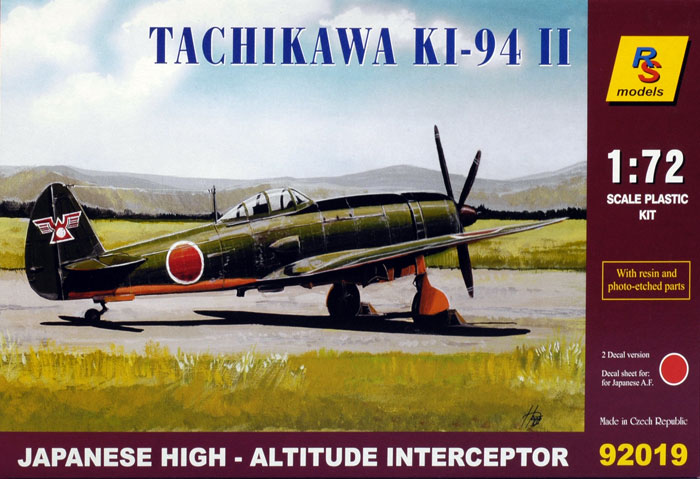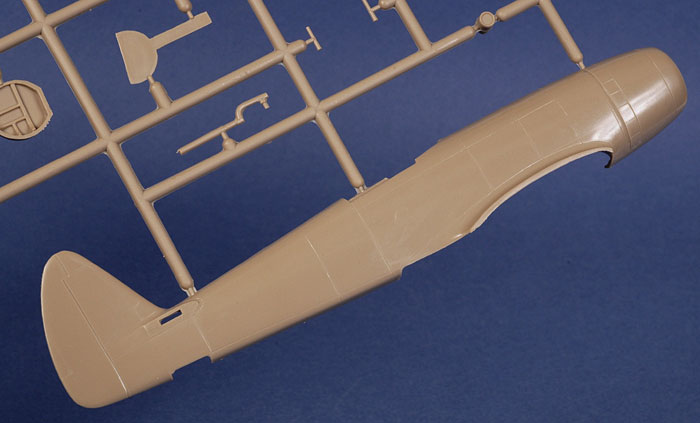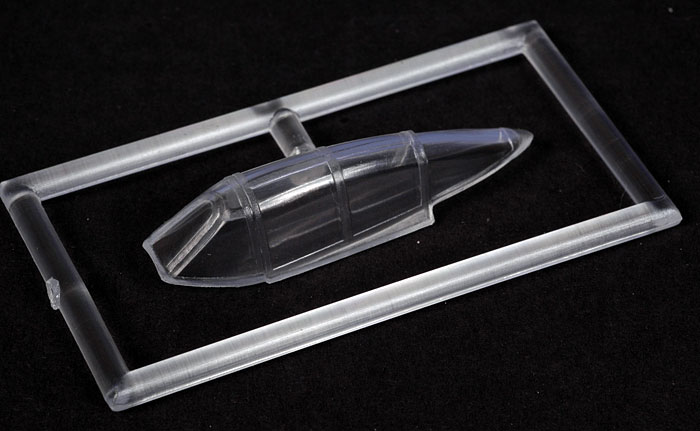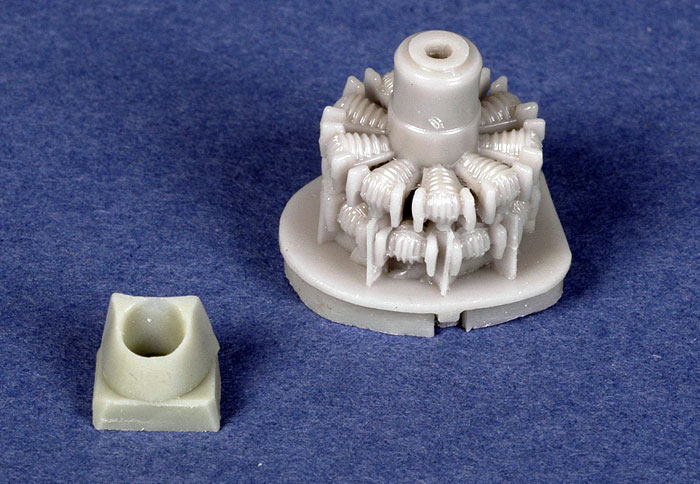|
Tachikawa Ki-94 II
Japanese
High-Altitude Interceptor

RS Models, 1/72 scale
S
u m m a r y
|
| Catalogue Number: |
RS Models No 92019 - Tachikawa Ki-94
II |
| Scale: |
1/72 |
| Contents and Media: |
52 short-run tan coloured plastic
parts on two sprues, 2 resin parts, 1 clear injected plastic canopy, 1
Eduard PE fret (non-coloured), decals for two prototypes plus an A5
sized two page instruction sheet with history, parts plan, 16 build
diagrams but no paint/decal guide except for that on the rear of the
box. |
| Price: |
From £16.60 available online from Hannants and specialist hobby
retailers worldwide. |
| Review Type: |
FirstLook |
| Advantages: |
Remarkably good moulding for a
short-run kit, interesting subject, good detail inside and out,
excellent PE, resin, clear parts and decals. |
| Disadvantages: |
There are a couple of stencils on
the decal sheet but no guide to show where they go. |
| Recommendation: |
Highly Recommended for IJAAF or
Prototype enthusiasts, and for those into Axis 1946 |
Reviewed by Glen Porter

HyperScale is proudly supported by Squadron.com
The Tachikawa KI-94 II was designed late in the
Second World War as a high-altitude interceptor specifically to combat
B-29s.
With a supposedly laminar flow wing, six bladed prop driven by a 2400 hp
18 cylinder turbocharged engine giving an estimated top speed of around
422 MPH and a ceiling of 14,680 m, this would have been some performer
indeed but as far as I can tell, it never actually flew. The six bladed
prop for the first prototype was not ready so a four bladed example was
ordered to be fitted for testing and, although a second prototype was
under construction, the war ended before anything could happen.
With a span of 14m and a length of 12m this was a big aeroplane.
My only exposure to RS Models was when our Editor showed me their
Dornier Do 17P that he reviewed previously on HyperScale. I must say I
was very impressed.
This kit is equally good.
For a short-run kit, the tan coloured plastic sprues are very well
moulded with small sprue attachments, crisp and clean panel detail and
only a hint of flash plus some ejector pin stubs to clean up on a few
parts.

Click
the thumbnails below to view larger images:
[../../../photogallery/photo00013962/real.htm]
The main sprue carries the two fuselage halves,
interior tub halves, wheel well inserts, under carriage legs, doors and
wheel halves, engine fan, optional spinners and backing plates and
optional under-nose air-intakes. The other sprue has the three-piece
main wing, tail-plane, optional six or four bladed prop, cockpit floor,
seat and instrument panel. Both of these sprues are in a tan plastic
similar to some of Eduardís mouldings.
The one-piece injection moulded canopy is very cleanly moulded although
its a little cloudy, and could probably do with a dip in Future.

Two resin parts are flawlessly cast, as you would expect from a model
company that also produces complete resin kits.

Eduard PE is not coloured and contains most of the interior parts
including an optional seat.
The small decal sheet supplies marking for two prototypes only and are
nicely printed with good register, colour density and minimum carrier
film.
Click
the thumbnails below to view larger images:
[../../../photogallery/photo00005149/real.htm]
There are a small amount of stencils but there is
nothing in the kit to indicate where to place them including the box-top
art-work.
As a newcomer to this company's products, I must say I am very
impressed. Their website does not list a huge range of kits but going by
this and the Dornier, RS Modelsí quality is quite high - at least as
good at least as MPM.
Highly Recommended.
Thanks to RS Models for the sample
Review Text Copyright © 2007 by Glen Porter
Page Created 28 August, 2007
Last updated 24 December, 2007
Back to HyperScale Main Page
Back to Reviews Page
|
Home
| What's New |
Features |
Gallery |
Reviews |
Reference |
Forum |